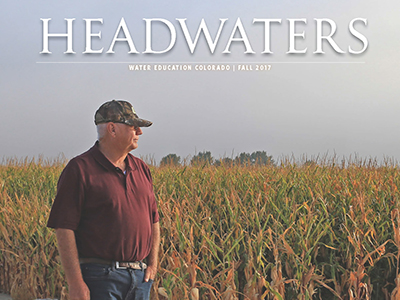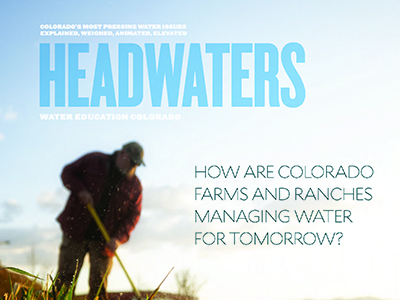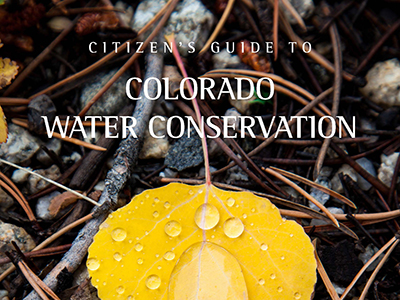Agricultural Use
Agriculture is the largest water user in Colorado, accounting for 89% of the water used in Colorado and 86% of the total amount of water diverted from the state’s surface and groundwater sources, according to the Colorado Division of Water Resources. Water is used for livestock and to irrigate crops, allowing the agricultural industry to contribute some $47 billion to the state’s economy, according to the Colorado Department of Agriculture.
Statewide, agriculture diverts 34% of the total amount of water originating within Colorado. According to the 2019 Technical Update to the Colorado Water Plan, current agricultural diversion demand is approximately 13 million acre-feet of water on an average annual basis.
Currently, there are 3.28 million acres of irrigated agricultural land statewide. As the state’s water supply gap continues to widen, the number of irrigated acres is expected to decline by about 400,000 to 500,000 acres by 2050 due to urbanization, water transfers, and groundwater sustainability challenges; however, agricultural water demand could increase by about a half million acre-feet, due to projected climate adjustments, according to the technical update.
Transfer of Water From Farms to Cities
Water is also a money-maker for farmers. The transfer of water from farms to cities began as early as the 1890s, but the pace of sales quickened in the 1970s and 1980s as growing Front Range cities found willing sellers in farmers who were struggling because of high interest rates and low commodity prices.
By 2009, municipal purchasers had bought water from more than 102,000 irrigated acres in the Arkansas Basin and more than 150,000 acre-feet of water was removed from the land – a practice known as buy and dry. Not all purchased water has been taken off the land though. In the Arkansas Valley and elsewhere in Colorado, cities bought water preemptively, preparing for growth. In many cases, cities continue to lease the water they bought back to farmers until municipal demand reaches the point that the water is needed.
Perhaps some new water sources can be developed without removing water from farms. But water from new projects will have the most recent or most junior, rights, making them the most vulnerable. In recent severe drought years owners of only the oldest, most senior water rights, and owners of junior rights with replacement water supply plans in place, got water.
Acres of Colorado's currently irrigated farmland could be lost by 2050 in order to meet municipal growth demands
That’s why buy and dry remains attractive to water managers responsible for ensuring municipal water supplies as the state’s population pushes toward what demographers predict could be 7.6 million or more by mid-century. Farmers tend to hold the most senior—and therefore most secure—rights.
A 2020 report by the Colorado Water Conservation Board estimates that 8% of Colorado’s irrigated lands have been lost over the past 30 years and where municipal land development occurs, more irrigated agriculture is likely to be lost. Urbanization could result in the loss of more than 150,000 irrigated acres by 2050. Additionally, planned agricultural to municipal and industrial (M&I) water transfers could result in a loss of up to 76,000 acres of additional agricultural land along the Front Range
Alternative transfer methods are one approach that Coloradans are taking to minimize buy and dry while still identifying flexible options to provide water for growing municipal, industrial water needs, and to keep water flowing in rivers. ATMs offer voluntary tools such as water rights leases, that enable both farmers and other water users to share water in a sustainable and economically beneficial manner. These water sharing methods provide an alternative to permanent agricultural to urban water right transfers.
In addition, ATMs can support environmental, industrial and recreational water uses and more. The 2015 Colorado Water Plan set a goal of achieving 50,000 acre-feet of water transfers through voluntary alternative transfer methods by 2030.



